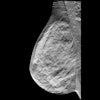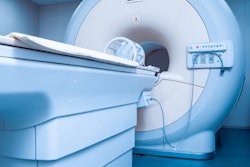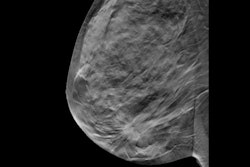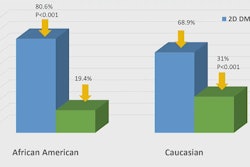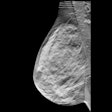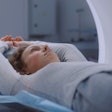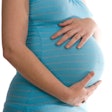Dear AuntMinnie member,
Conference season continues with the AuntMinnie team covering new and exciting research from the 2024 American Roentgen Ray Society (ARRS) and International Society for Magnetic Resonance in Medicine (ISMRM) annual meetings.
One study presented at ARRS highlighted the need for more detailed reporting on breast MRI findings for neoadjuvant chemotherapy response in breast cancer patients. It also suggested that referring clinicians show moderate satisfaction in current reporting. Check out what else the team found in this issue’s featured story.
Other studies presented at ARRS shed light on emerging trends in breast imaging that could further improve cancer detection and patient care outcomes. These included how including extra views on digital breast tomosynthesis (DBT) may not improve breast cancer detection in women with breast implants while also exposing them to more radiation, how fat-enlarged nodes on mammograms may be tied to high cardiovascular disease risk, trends in DBT uptake by African American and white women, and the increase in breast MRI use following changes to guidelines by the American College of Radiology.
At the ISMRM meeting, one study out of China described an MRI technique called 3D amide proton transfer imaging in distinguishing between triple-negative and non-triple-negative breast cancer. Another study led by U.K.-based researchers described how integrating MR elastography in a routine MRI scanner and combining it with dynamic contrast-enhanced MRI could predict complete pathological response at the end of neoadjuvant chemotherapy in breast cancer patients.
Also in breast imaging news, the U.S. Preventive Services Task Force issued final recommendations supporting breast cancer screening beginning in women at age 40. However, advocates say they don’t go far enough.
In AI news, a Swiss study reported that large language models such as ChatGPT and Google Gemini fall short in breast imaging. An expert on the project spoke with AuntMinnie about how these results point to regulation needed for the use of these models.
Finally, a report by University of Miami researchers found that breast imaging studies are lacking for transgender people. It also found that while studies that do include trans participants have mixed results, these participants have lower rates of breast cancer screening than cisgender participants.
Any other interesting research you think should join these highlighted studies? Drop us an email! Otherwise, be sure to regularly check out the Women’s Imaging content area for news, updates, and more.


